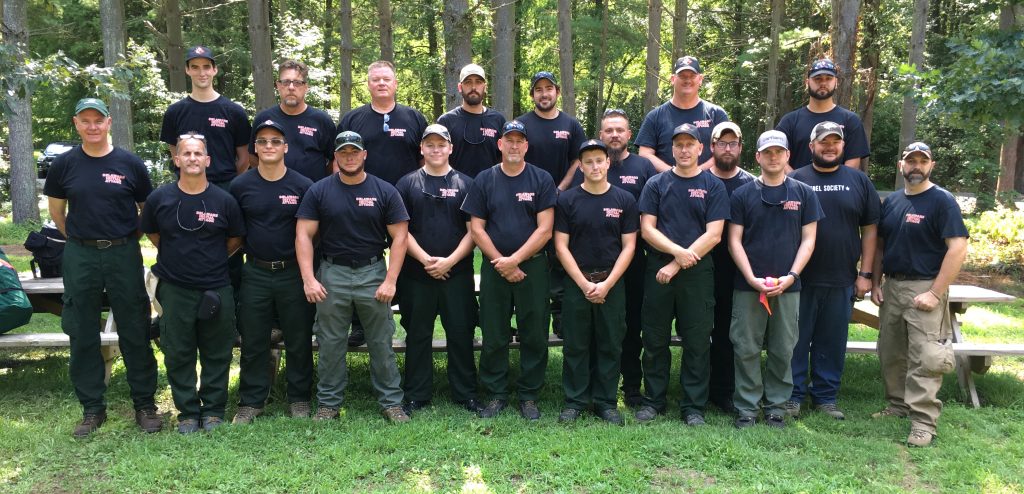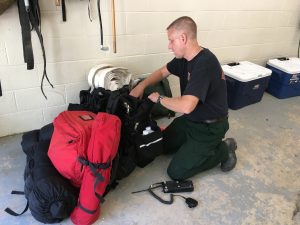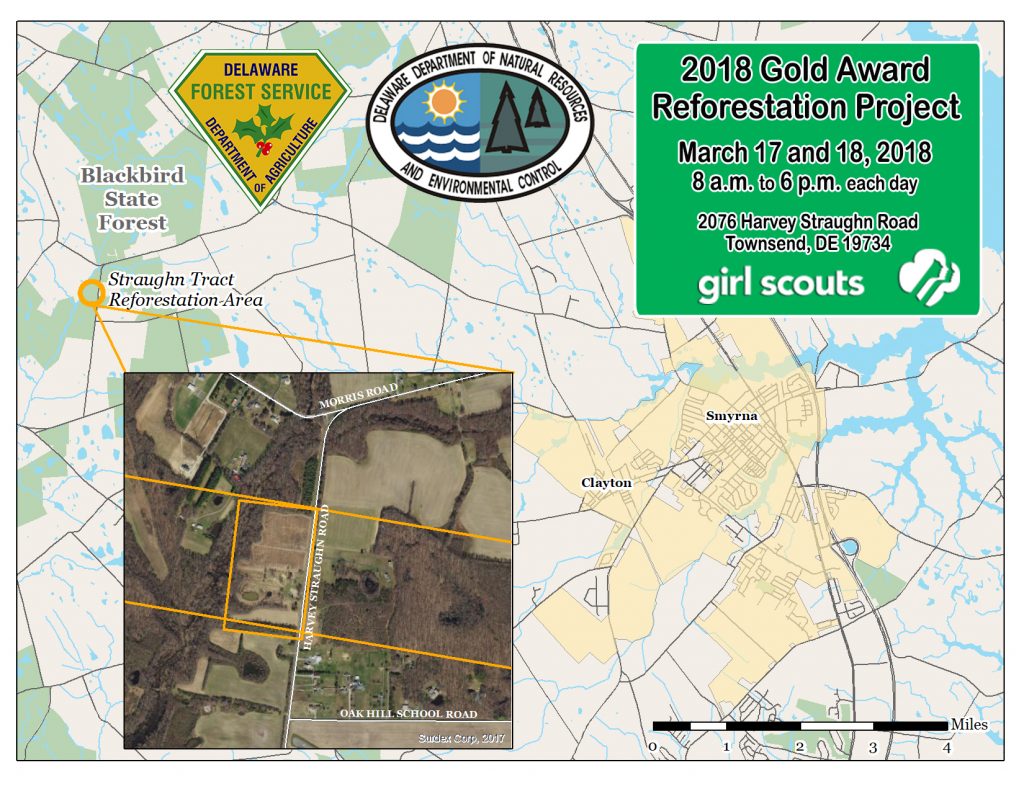
SMYRNA – The Delaware Forest Service is sending a crew of 20 wildland firefighters to the Northern Rockies to help battle wildfires in the West as the National Fire Preparedness Level is now at the maximum of 5 on a 5-point scale. The team is flying from Harrisburg to Missoula, Montana (MSO) on Sunday, August 5.


With large fires burning in Califormia, Oregon, and other western states, skilled firefighting resources are in demand. A National PL of 5 means that “national mobilization is heavily committed… active geographic areas must take emergency measures to sustain incident operations… and potential for emerging significant wildland fires is high.” Nationwide, 134 active incidents are burning 1.56 million acres. A total of 587 wildfire crews and 28,994 personnel were currently committed to firefighting operations as of August 5.
Photos can be found on Facebook at http://www.facebook.com/DelForestService.

Delaware also has a Type 6 engine currently committed to the Ferguson Fire in California.
This is Delaware’s second wildfire crew of 2018. The first departed July 3 for the Rocky Mountains.
Since 1996, the DDA Forest Service has trained over 600 volunteer firefighters to be part of the 20-person crews it deploys on out-of-state wildfire assignments. Delaware firefighters have traveled to fires in many states: Alaska, California, Georgia, Idaho, Minnesota, Nevada, New Mexico, South Dakota, Utah, Virginia, Washington, and Wyoming. The First State has also sent personnel to aid in national or regional emergencies, such as hurricane relief efforts in Florida in 2004 and New York in 2011. Trained and dispatched by the Delaware Department of Agriculture’s Forest Service, wildfire crews are comprised of men and women of varying ages and backgrounds who represent a mix of public agencies, nonprofit groups, volunteer fire companies, and private citizens.
Despite its small size, Delaware has earned an outstanding reputation on the national firefighting scene.
